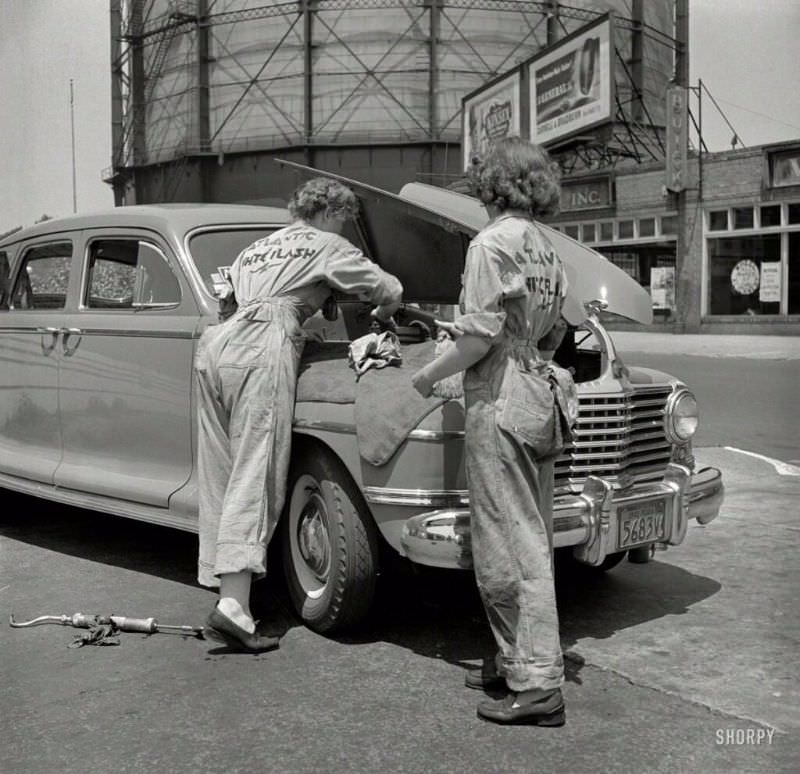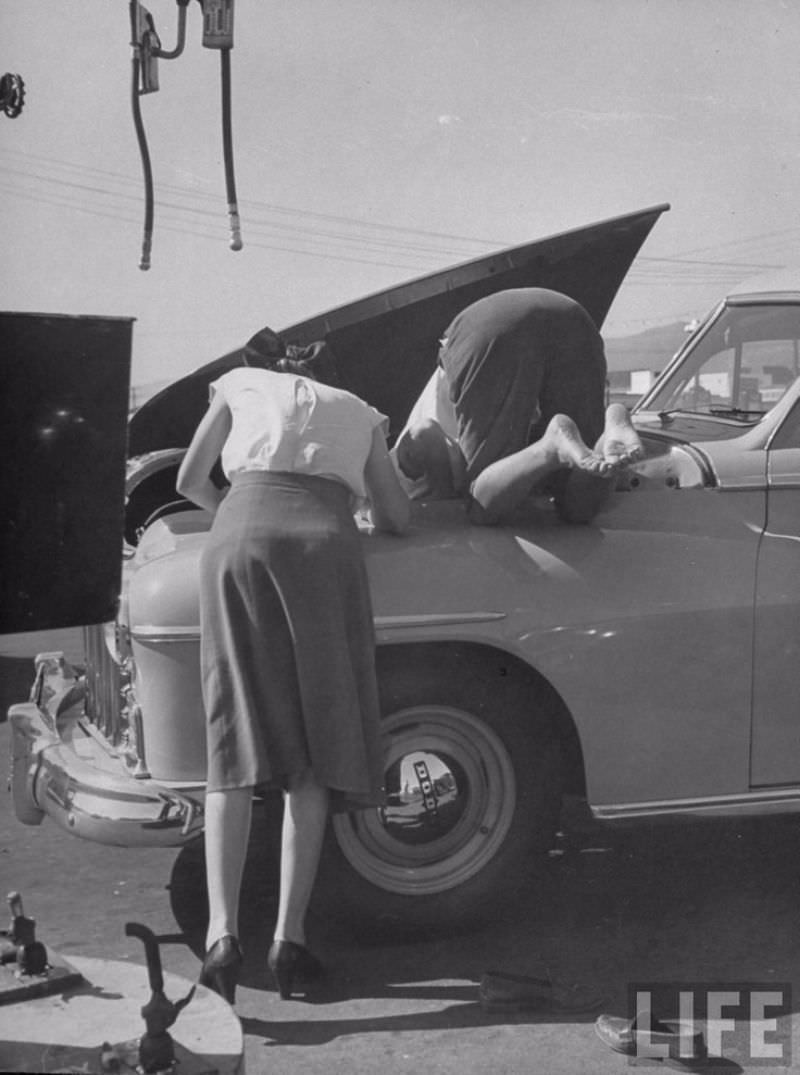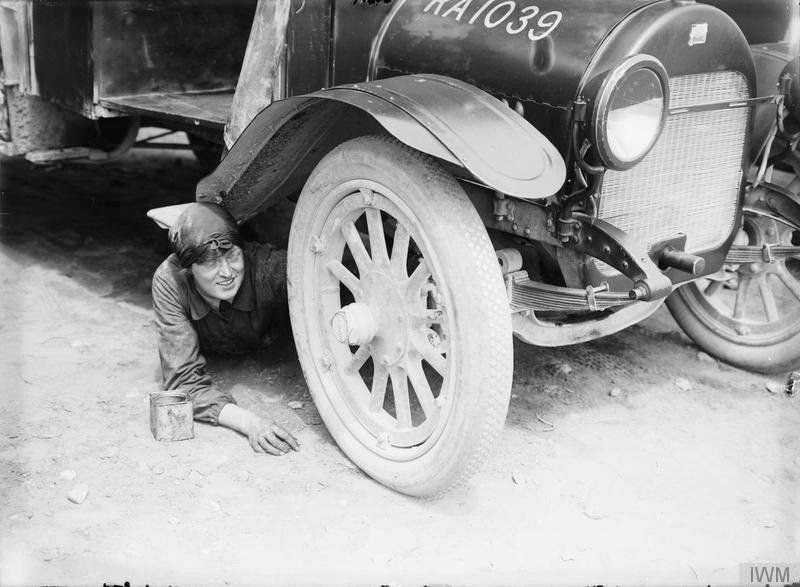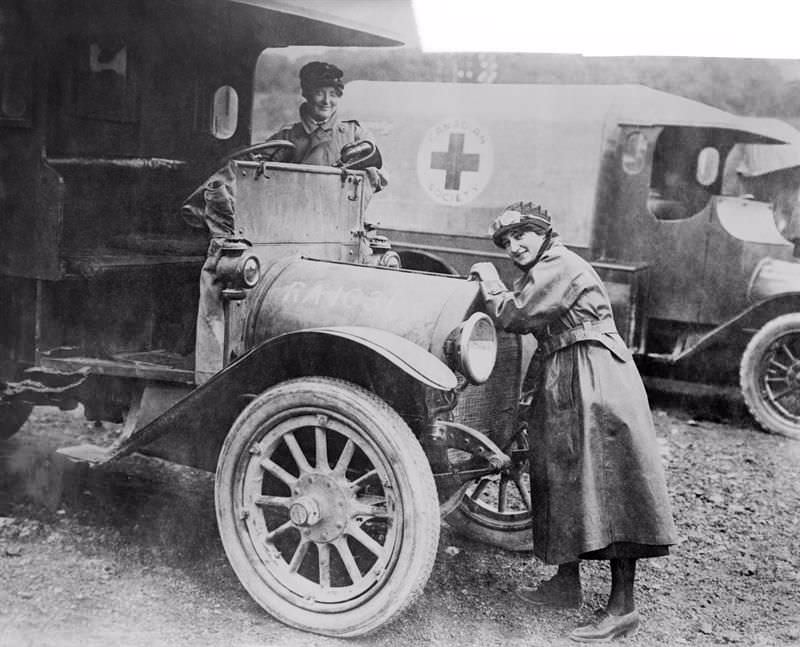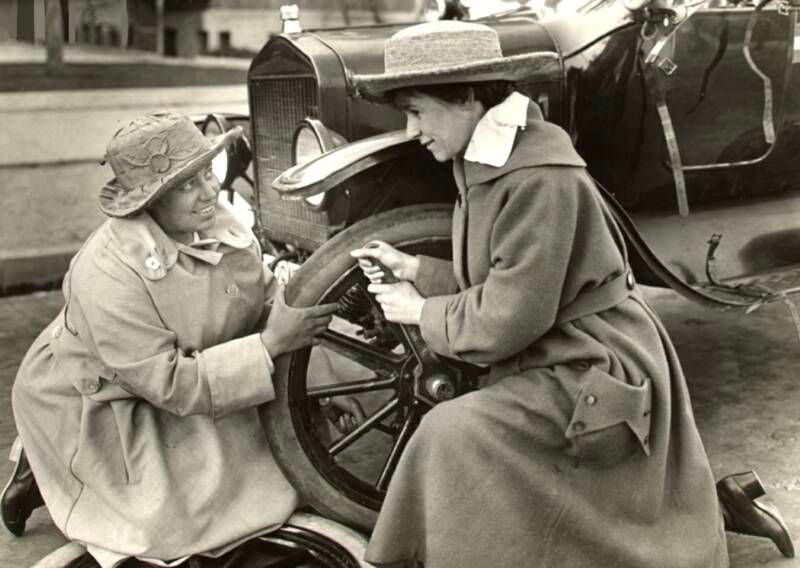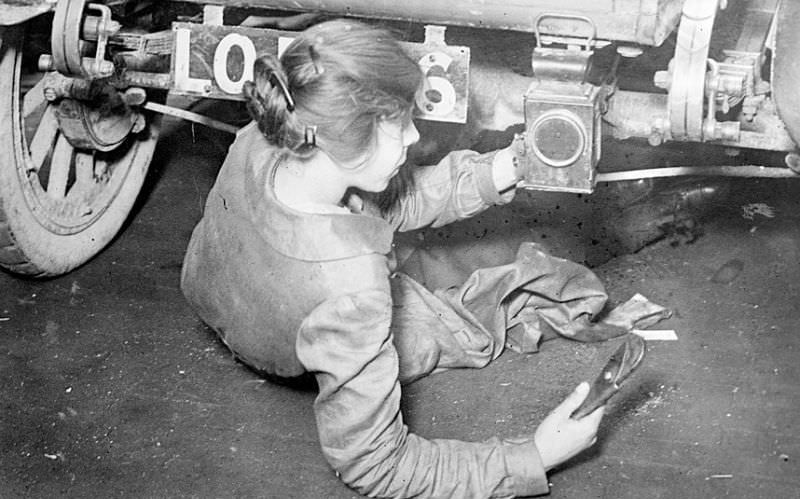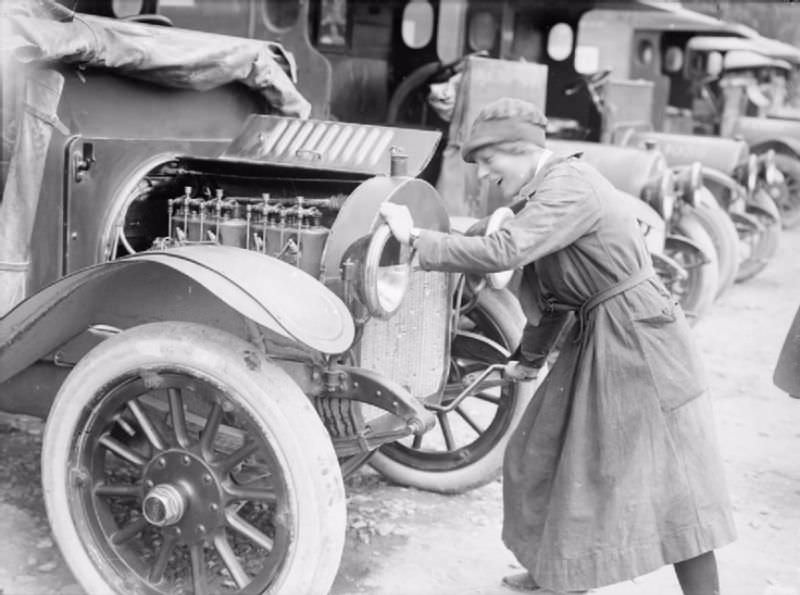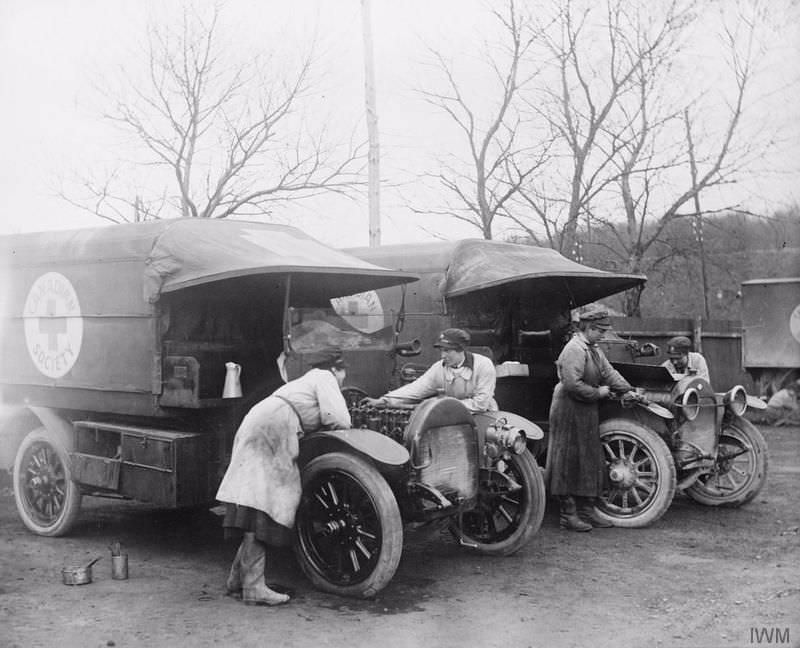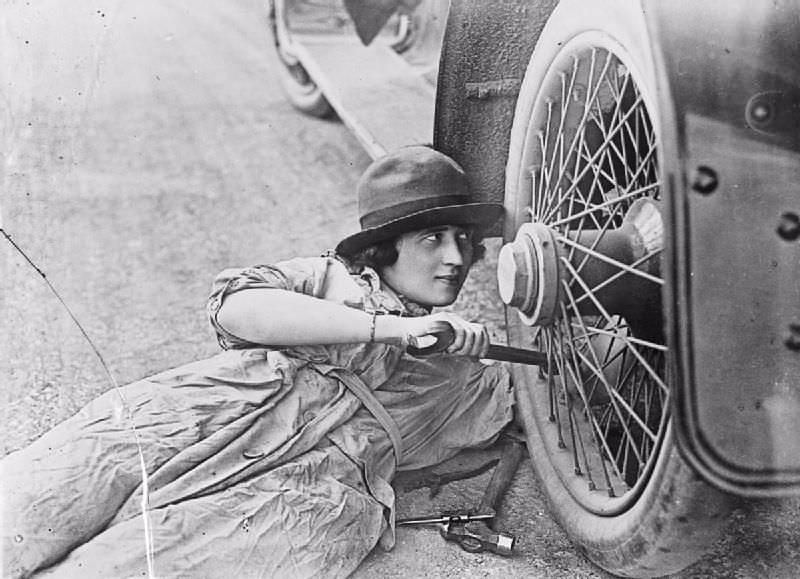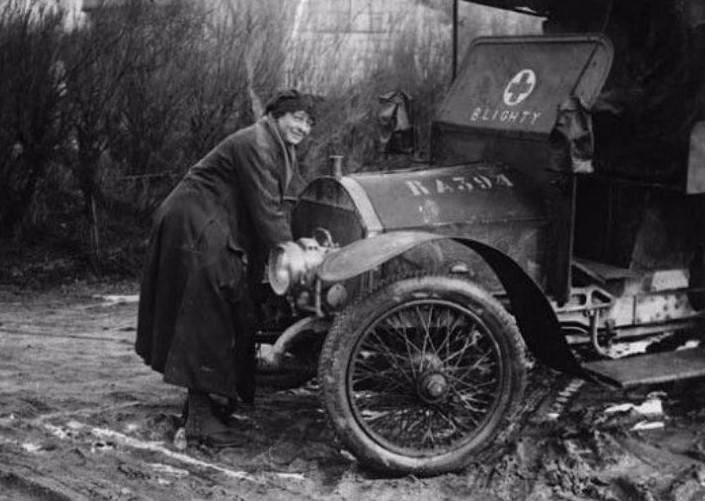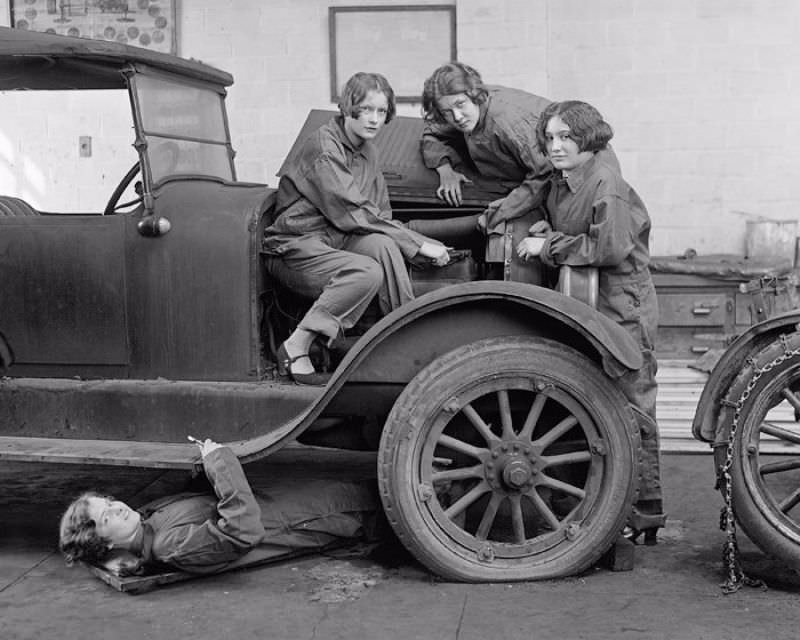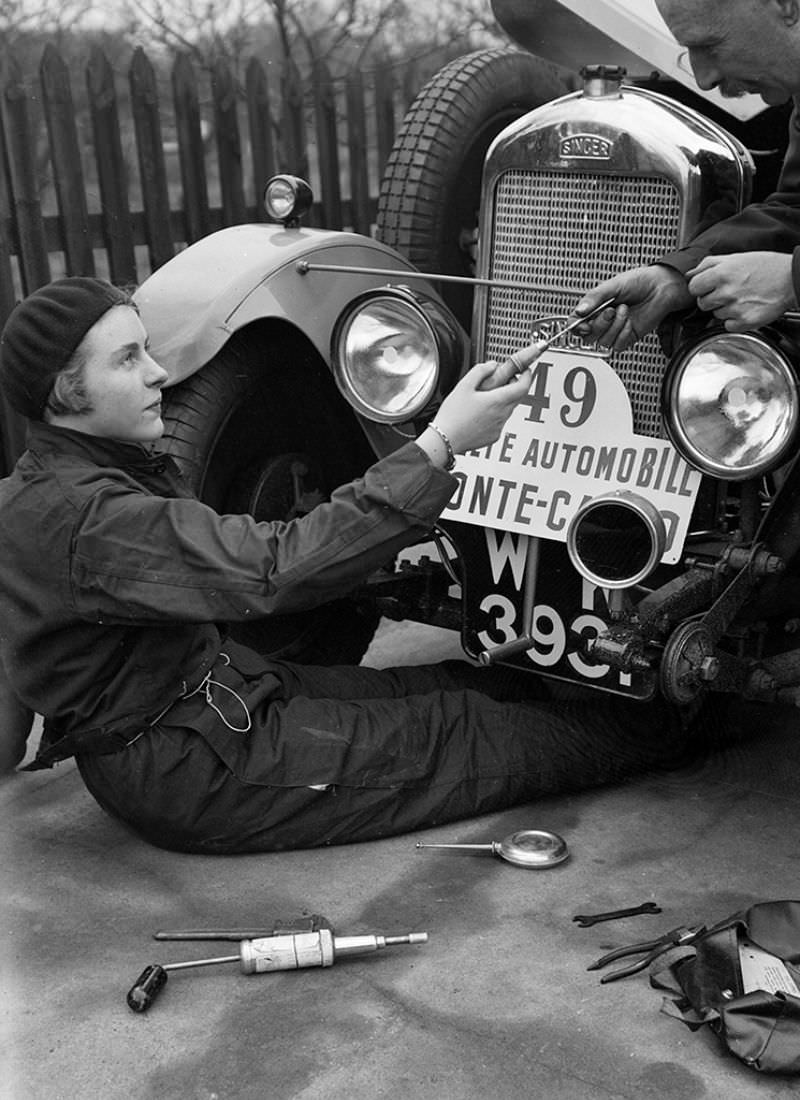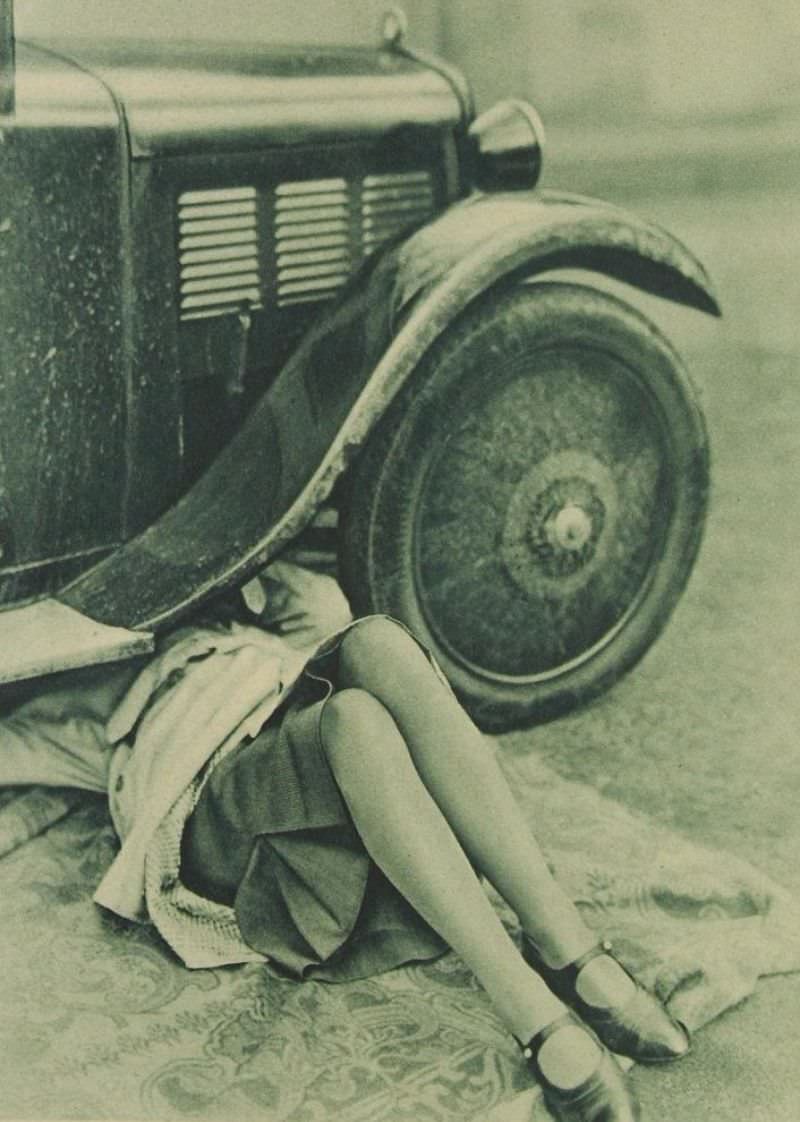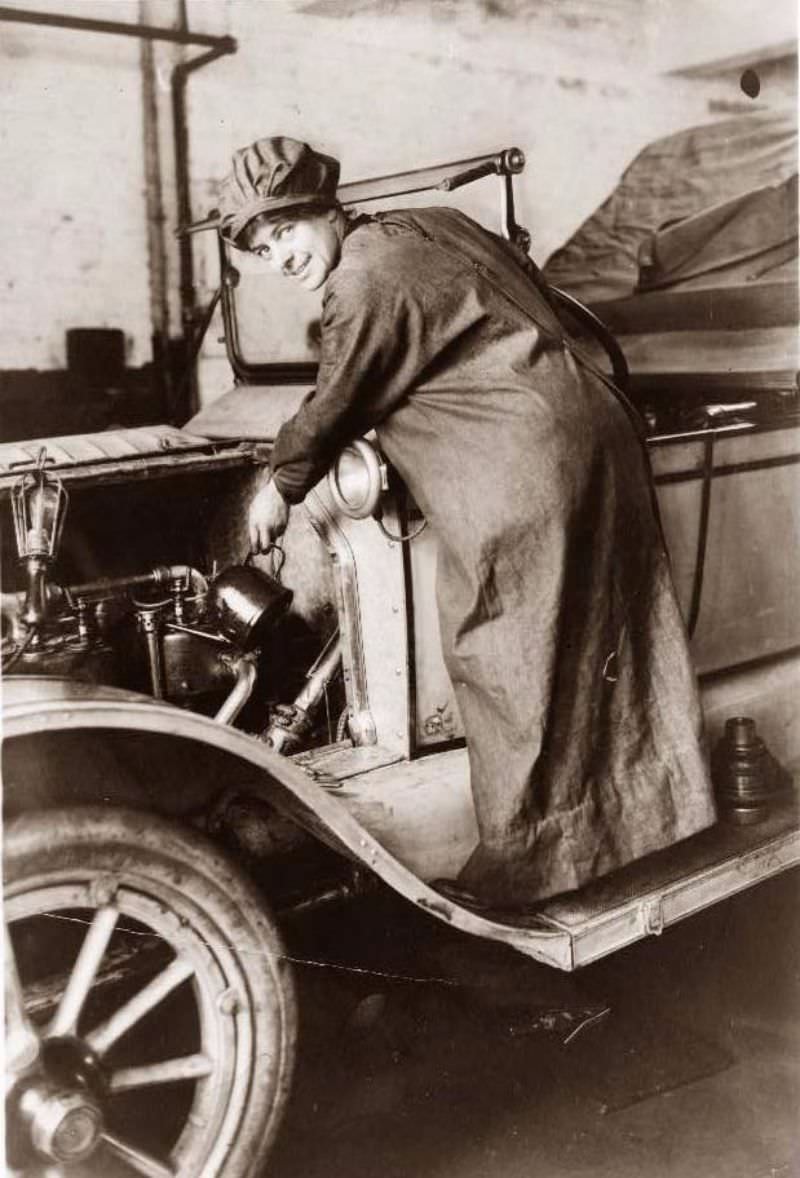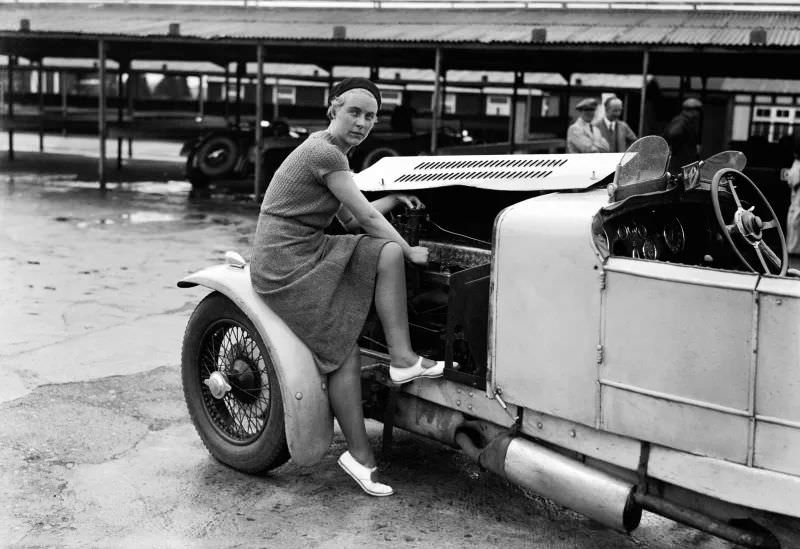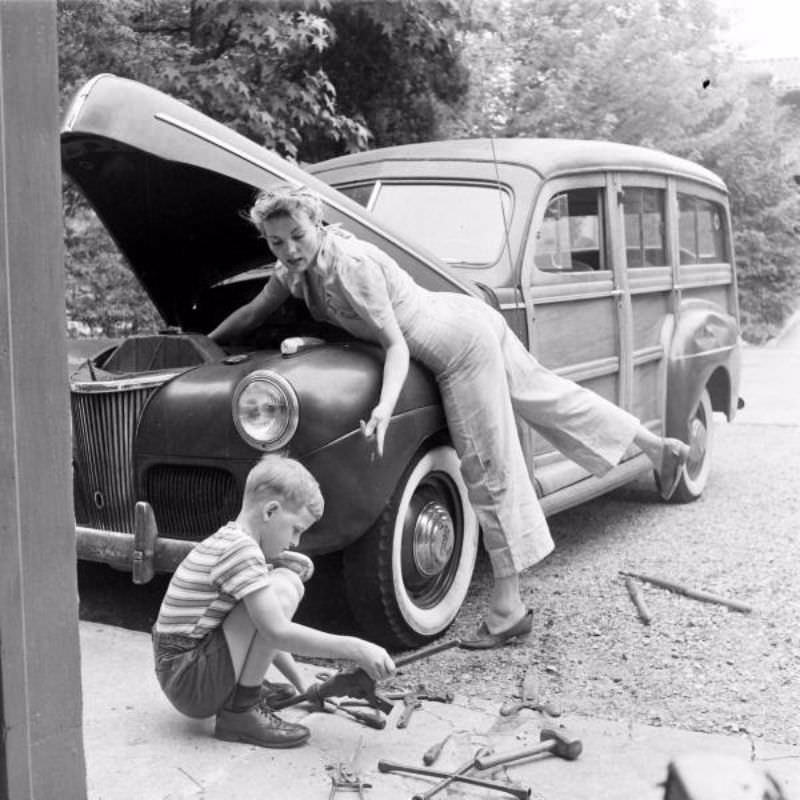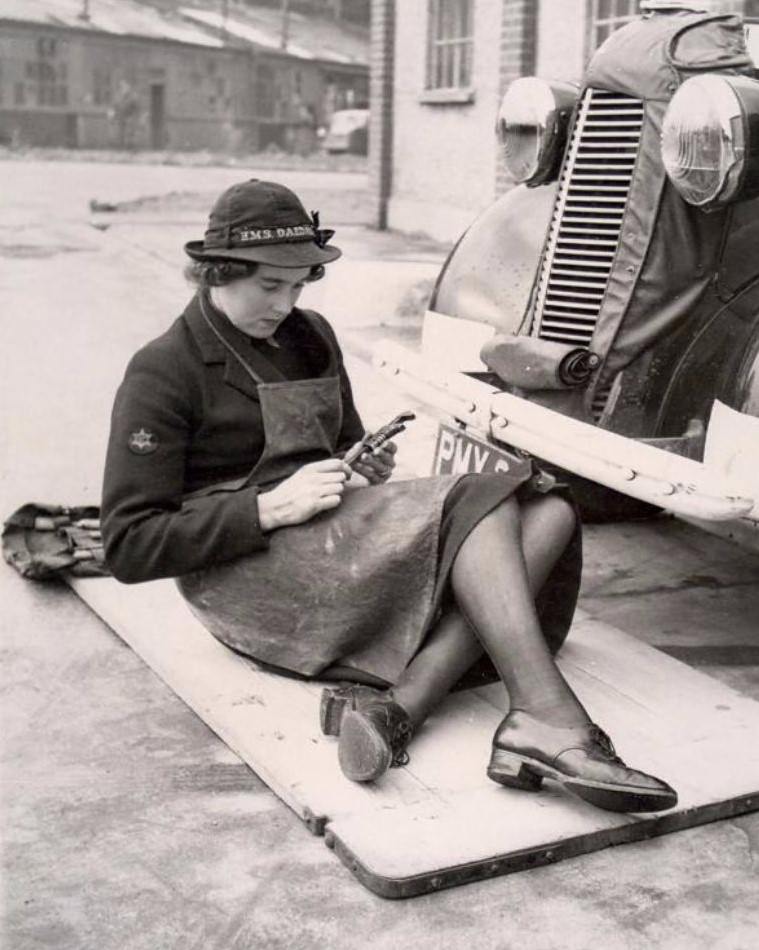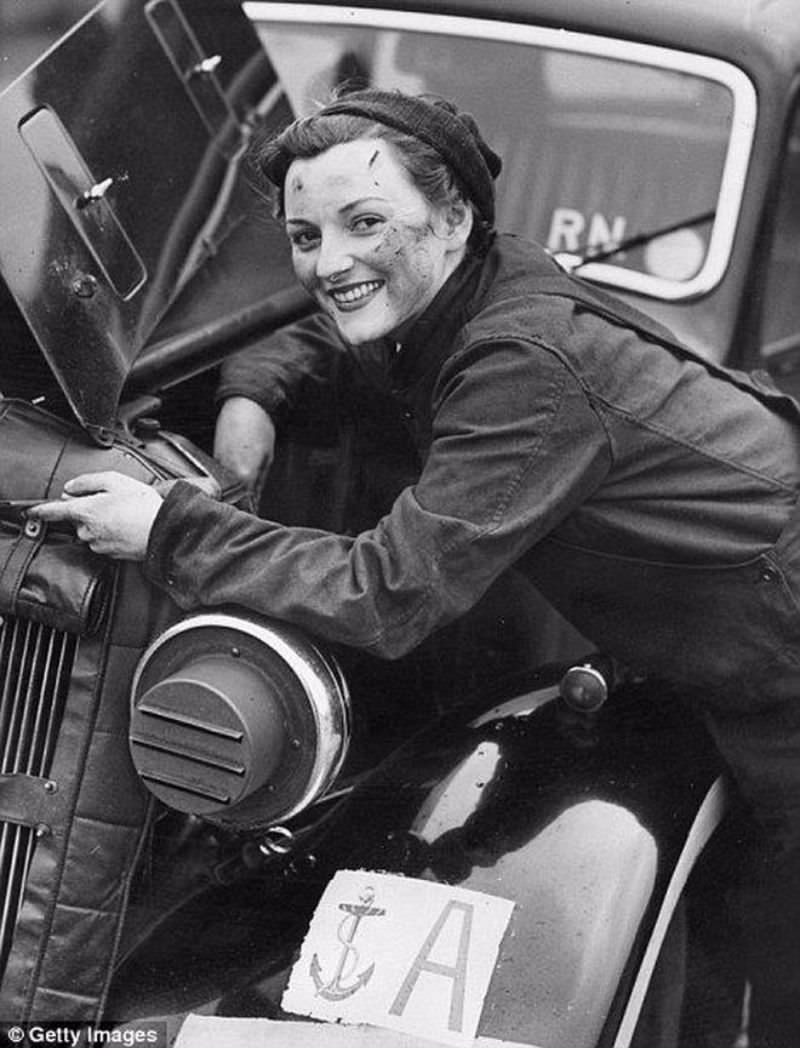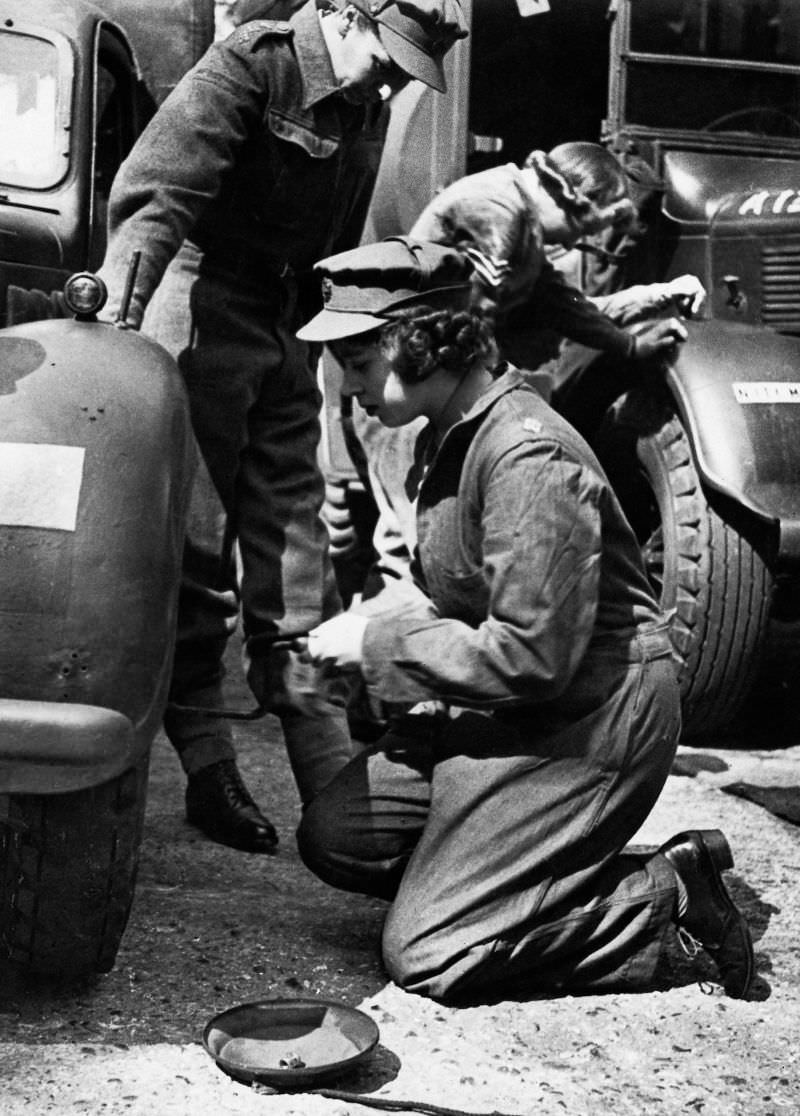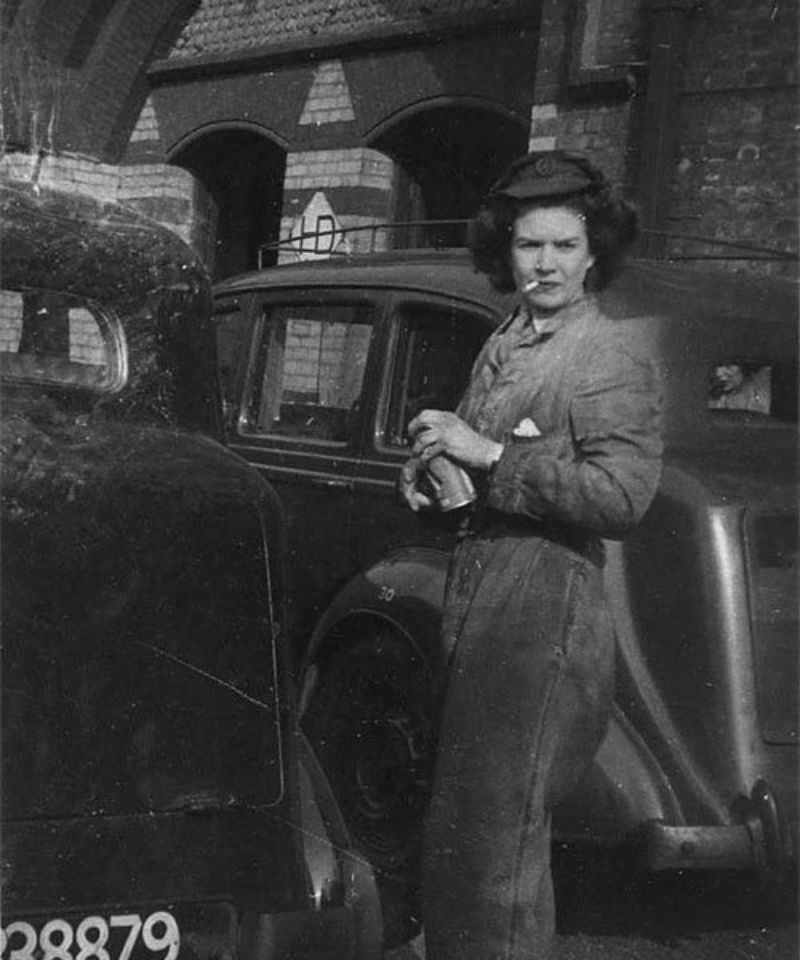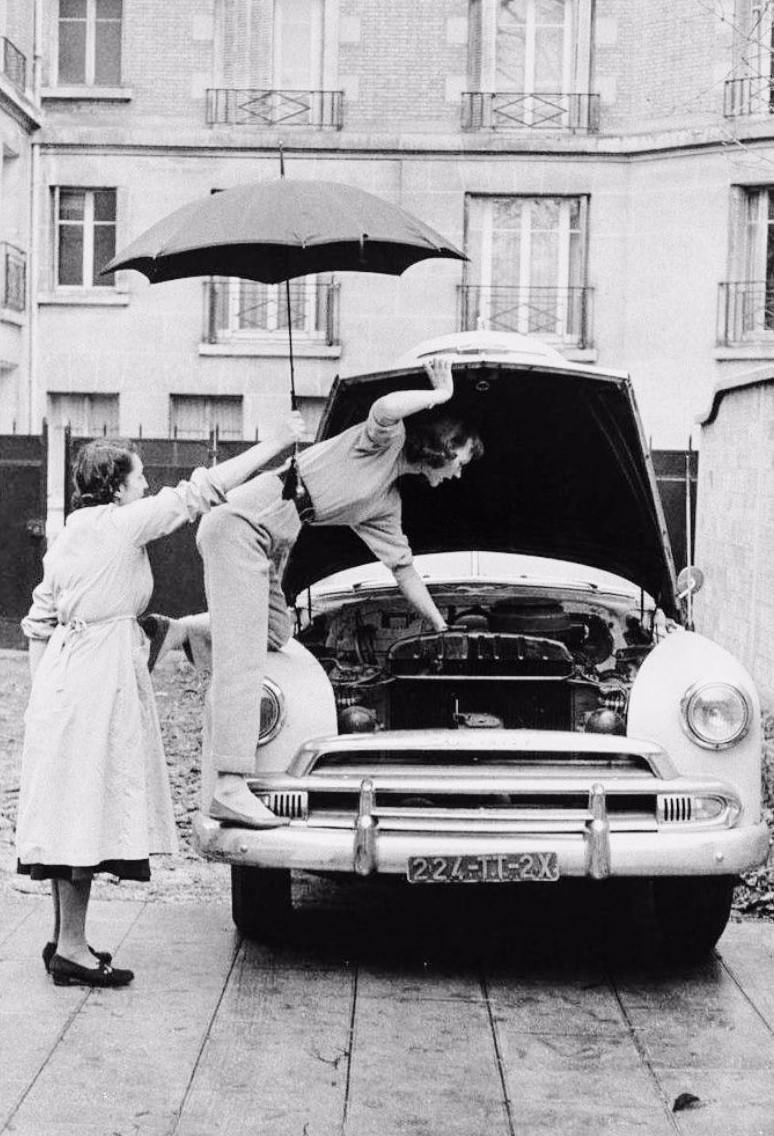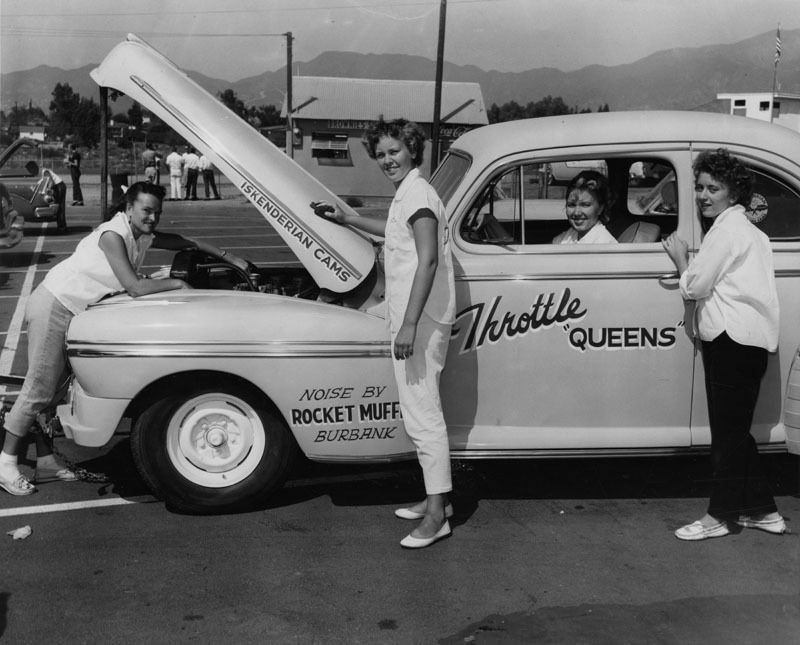Back when cars were still relatively new and quickly evolving, keeping them in working order was a hands-on job. Garages and repair shops were busy places. For a long time, this kind of mechanical work was mainly done by men. However, major events in history changed who did what jobs.
When World War I began in 1914, many men left their regular jobs to join the military. This created a huge need for workers in all sorts of industries back home. Factories producing goods, farms growing food, and transportation systems all needed people to keep them going. The growing automotive industry was one area where the need was great.
During this time, car production ramped up significantly. Vehicles were essential for moving troops, supplies, and equipment for the war. Building and maintaining these machines became critically important. With so many men gone, women stepped into these roles in large numbers. They started working in car factories, on assembly lines putting vehicles together. They also took on jobs that involved fixing and maintaining cars.
These women learned the skills needed to be mechanics. They worked in repair shops, often side-by-side with the men who remained or who were unable to serve in the military. They weren’t doing simple tasks; they were getting their hands dirty with challenging mechanical work. This included everything from routine maintenance like changing oil and fixing flat tires to more complicated repairs on engines, transmissions, and brakes.
Read more
Working on cars back then was different from today. Tools were often simpler, and many tasks required significant physical strength. Engines were less complex electronically but still involved many heavy metal parts. Women learned how to use wrenches, hammers, and other tools to diagnose problems and make repairs. They became skilled at understanding how the different parts of a car worked together.
Garages and repair areas could be dusty, greasy, and cold in the winter or hot in the summer. Despite the tough conditions, these women showed dedication and competence. They weren’t just temporarily filling spots; they were developing real expertise in a technical field. They proved that gender had nothing to do with the ability to understand complex machinery and perform demanding physical work. Their presence in these roles helped keep essential transportation running during a critical period.


